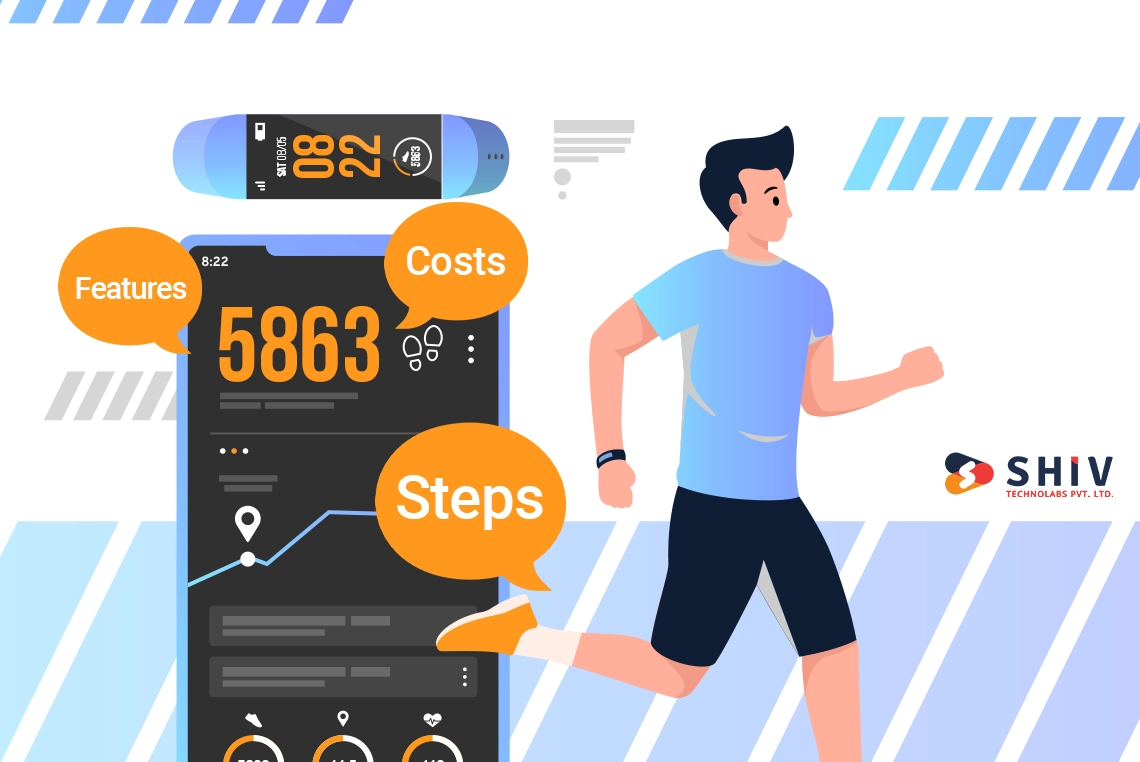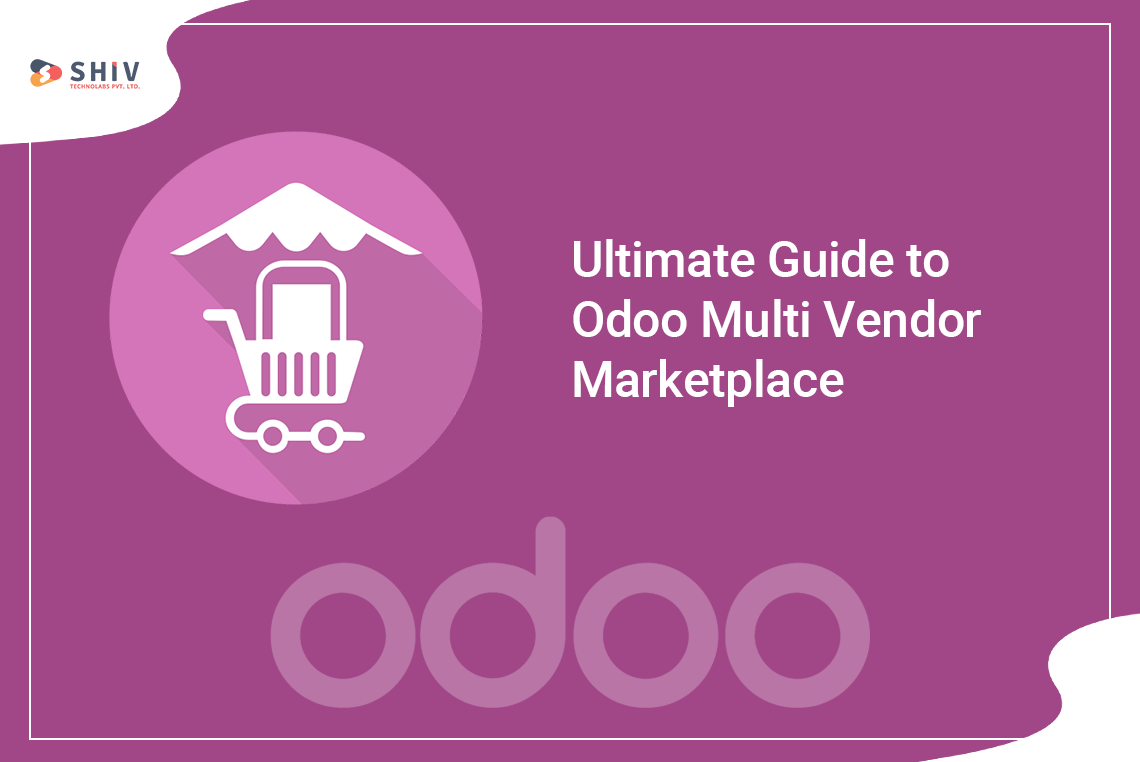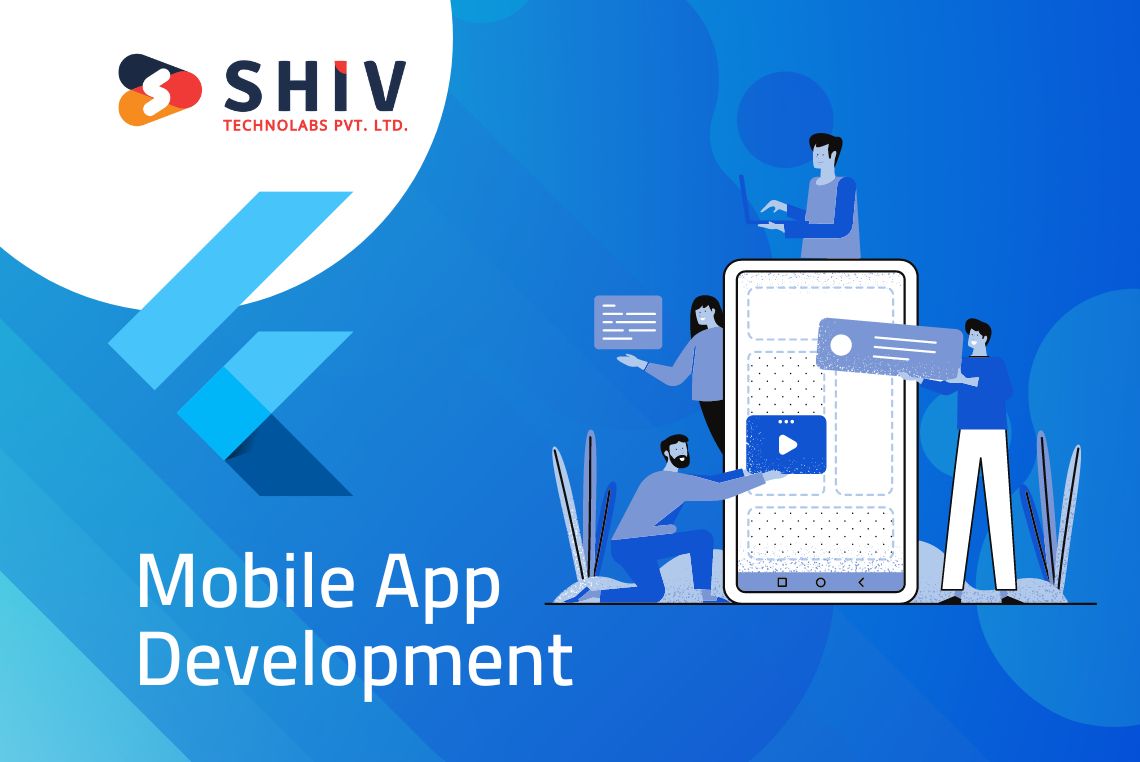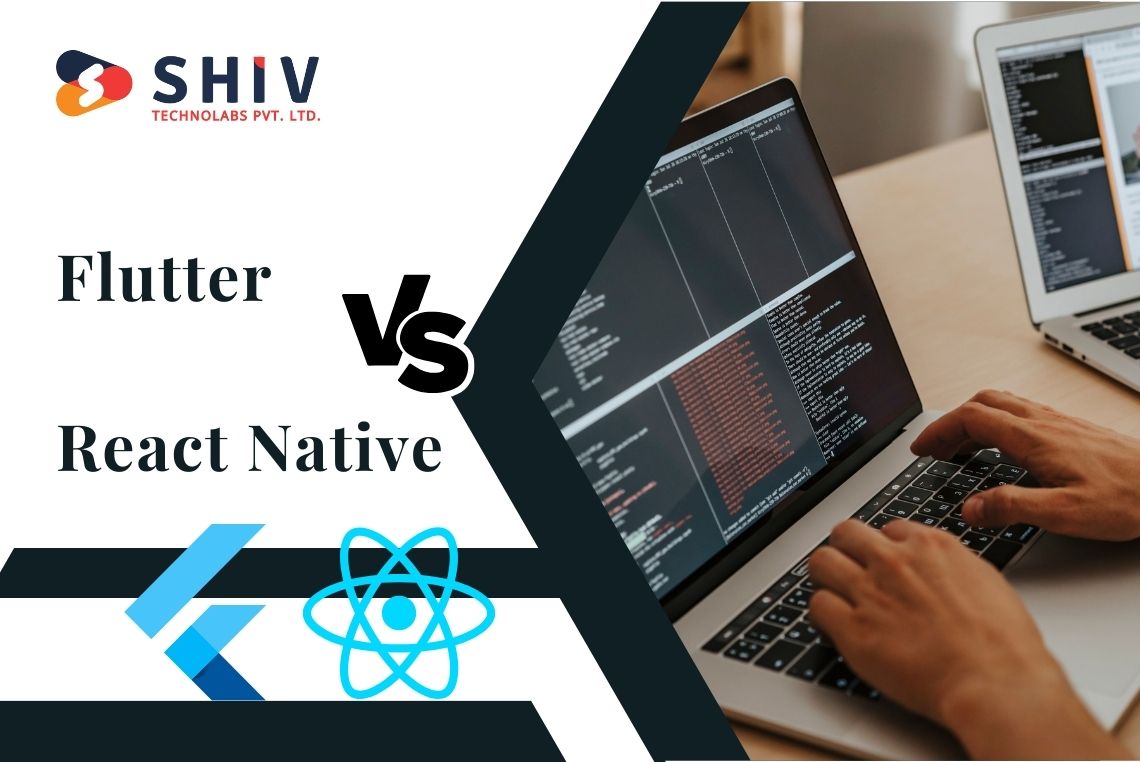Fitness applications have developed as strong tools for those trying to reach their fitness objectives in a world that is more concerned with health and wellness. If you’re thinking about developing a fitness app in 2024, you’ll be entering a vibrant and in-demand sector. This detailed guide will lead you through the steps, key features, and related prices, as well as provide worldwide insights by geography for fitness app development.
Costs of Fitness App Development & Maintenance
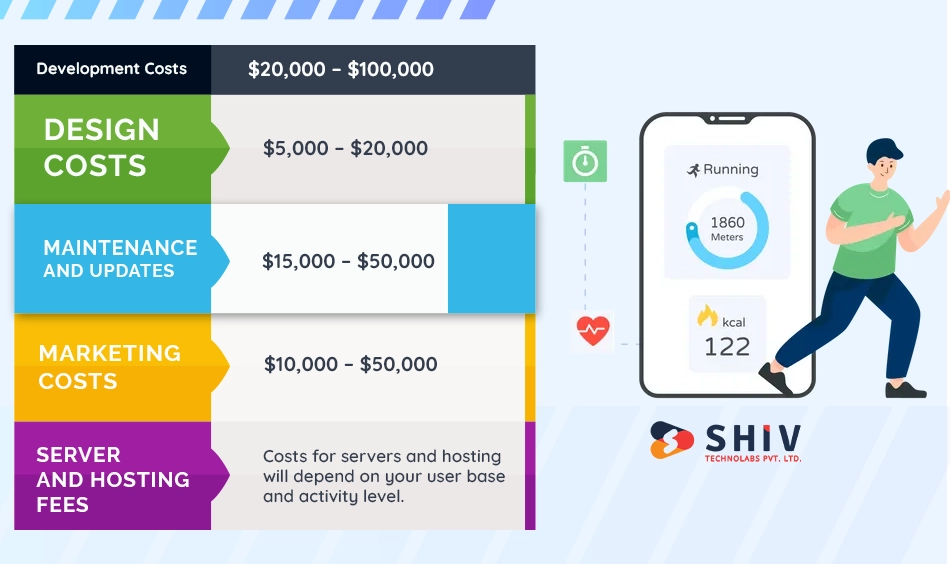
The cost of developing a best fitness app development services can vary greatly depending on a variety of criteria such as feature complexity, development platform, design, and so on. You might predict the following cost breakdown by 2024:
| Development Costs | $20,000 – $100,000 |
| Design Costs | $5,000 – $20,000 |
| Maintenance and Updates | $15,000 – $50,000 |
| Marketing Costs | $10,000 – $50,000 |
| Server and Hosting Fees | Costs for servers and hosting will depend on your user base and activity level. |
Fitness App global Revenue (Source: Statista)
Fitness App Development: A Step-by-Step Guide
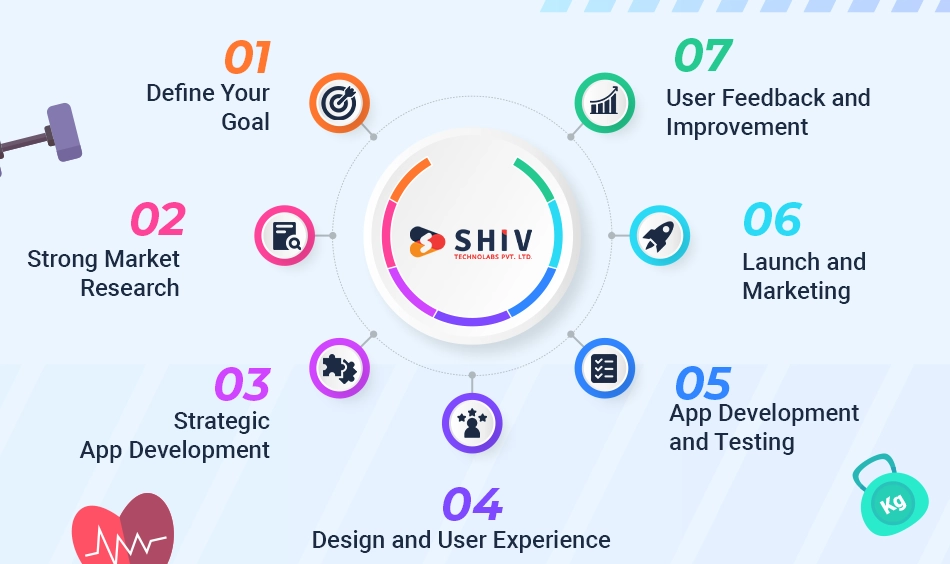
Step 1: Define Your Goal
Every great application begins with a well-defined idea. Establish the goal of your fitness app first. Think about the following:
- Which particular fitness specialty or component will your app focus on?
- Who is your target market, and what are their wants and fitness goals?
- What special attributes or advantages will your app provide to make it stand out in the competition?
Step 2: Strong Market Research
Thorough market research is essential to comprehend your target market and rivals. Identifying consumer preferences and pain problems through market research or surveys is one of the process’s key components.
- Examining trends, new markets, and best fitness app development services markets
- Examining well-performing fitness applications to find niche markets
Step 3: Strategic App Development
Select the development approach and the platform that meets your goal. One strategy is to develop a native app for a specific platform.
- Choose to create across platforms to increase accessibility.
- Streamlining the development process by utilizing a framework for creating mobile apps.
Step 4: Design and User Experience
Your app’s user experience (UX) and design are crucial to its success. Think about these design guidelines:
- Simple UI and intuitive navigation
- Captivating graphics, animations, and images that enhance the app’s aesthetic appeal
- Design components should be consistent to produce a unified and user-friendly experience.
Step 5: App Development and Testing
Hiring a professional app development team is crucial. Your design is used to build the app’s features and functions as part of the development process. Testing the app thoroughly to identify and correct any faults, virus or difficulties.
Step 6: Launch and Marketing
During the launch phase, your best fitness app development services is made available to the public. Developing an appealing app store listing with captivating images and a well-written description is one possible component of a successful launch plan.
- Generating interest and anticipation through influencer collaborations, social media, and targeted advertising
- Encouraging early users to download your app and provide their initial evaluations and reviews.
Step 7: User Feedback and Improvement
Actively seek out customer input after launch, and give ongoing development top priority. By adjusting to the changing demands and tastes of your user base, this iterative approach will help your app stay relevant and interesting.
Essential Features for Your Fitness App
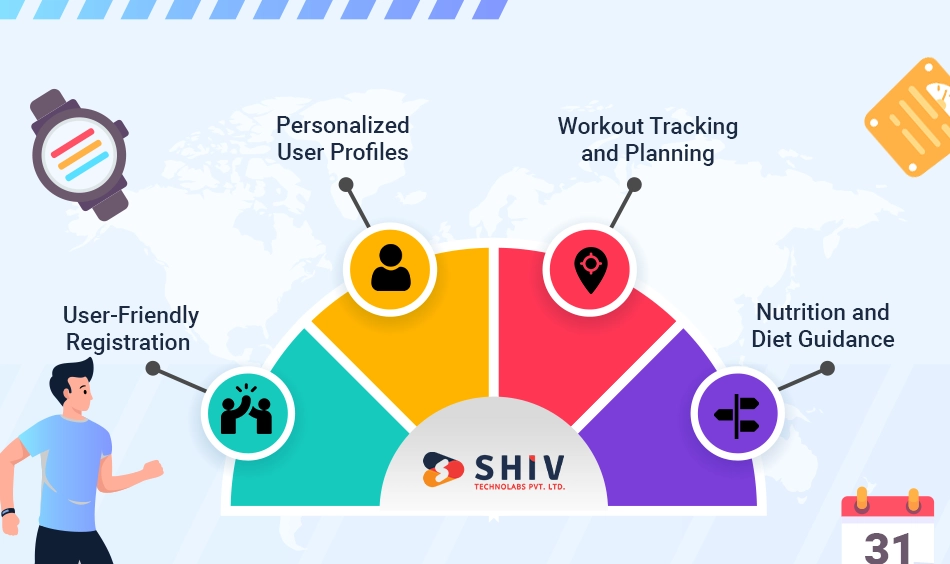
# User-Friendly Registration
A smooth registration and onboarding process is essential because first impressions count. Simplify the registration process by integrating social media, and assist users in creating their profiles and fitness objectives.
# Personalized User Profiles
Allow customers to fill out comprehensive profiles with all the necessary details, such as age, weight, fitness level, and goals. These profiles are the basis for customizing exercise and dietary regimens.
# Workout Tracking and Planning
Users should be able to register their workouts, monitor their progress, and establish objectives via workout tracking elements. Customers value a range of exercise regimens, including yoga, meditation, and cardio as well as strength training.
# Nutrition and Diet Guidance
Fitness is significantly influenced by nutrition. Provide meal planning, calorie counting, and nutritional advice tools. A barcode scanner and food database integrated can improve user experience.
Social and Community Features
# Wearable Device Integration
The integration of wearable technology such as smartwatches and fitness trackers the key to fitness applications is engagement. Include social media sharing, forums, and communities where users may communicate, inspire one another, and take part in challenges related to fitness.
Also Read:- How Much Does the Development of an NFT Marketplace Cost?
Users may access real-time analytics and statistics from it. In addition to improving user experience, this feature makes tracking more precise.
# In-App Coaching and Guidance
A lot of users look for expert advice. You may differentiate your app by providing professional advice, training regimens, and personalized coaching. Voice-guided exercises and video demos are valuable additions.
# Progress Reports and Visual Data
Charts, graphs, and before-and-after pictures are examples of visual representations of progress that provide users with a concrete sense of accomplishment and inspire them to keep going on their fitness path.
# Push Notifications and Reminders
It’s important to be consistent and motivated. Set up push alerts for individualized advice, progress reports, and exercise reminders.
# User-Generated Content and Reviews
Encourage people to contribute user-generated content by sharing their experiences and outcomes. Testimonials, ratings, and reviews give your app more legitimacy.
# Cross-Platform Compatibility
Offering cross-platform compatibility is crucial in today’s varied tech scene to make sure your program functions properly on both iOS and Android devices.
# Data Security and Privacy
Keep strong security measures to preserve user privacy. Give customers confidence that their health and personal information is safe.
# Offline Mode
Not every user has a steady connection to the internet. Give users the option to view specific app features and information offline, eliminating the need for a network connection.
# Monetization Options
Think of several revenue streams, such as subscription services, one-time payments, or freemium versions with in-app sales. Select a model that complements the value proposition of your app.
# Regular Updates and Support
Remain dedicated to ongoing development. Update your software often to address issues, include new features, and take user input into account. Provide prompt customer service to handle questions and issues from users.
Let’s discuss the many kinds of fitness mobile applications that meet consumers’ constantly changing demands as they strive for a better lifestyle.
1. Workout and Exercise Apps
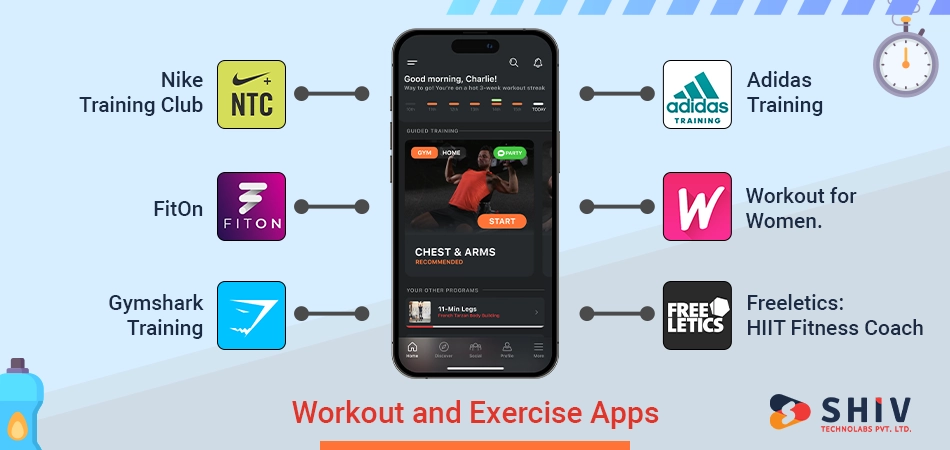
With the aid of planned exercise regimens, these applications are committed to assisting users in reaching their fitness objectives. They provide a variety of workouts, such as Pilates, yoga, weight training, and cardiovascular activities. Features like progress monitoring, video demos, and customized training regimens are frequently included in workout applications.
2. Nutrition and Diet Apps
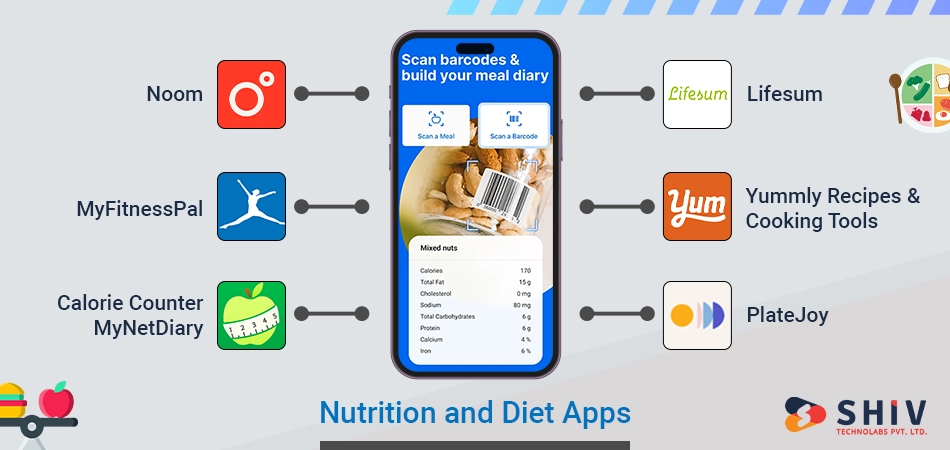
Apps for diets and nutrition highlight how important food is to a person’s fitness goals. They help customers with meal planning, macronutrient tracking, and calorie counting. A tonne of these applications also provides users access to a huge recipe and dietary guidance collection.
3. Running and Cardio Apps
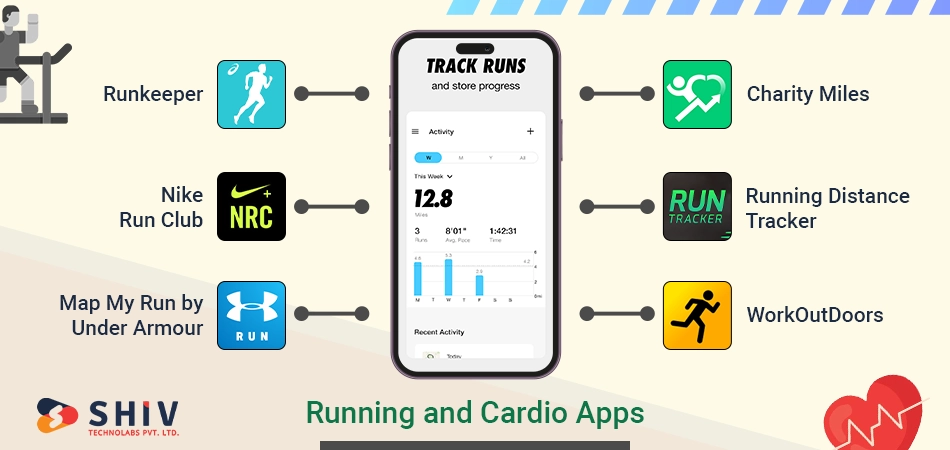
These applications are made for people who wish to increase their endurance and cardiovascular health. They collect information on distance, speed, and heart rate while tracking sports like cycling, swimming, and running. Some even include route planning and GPS tracking.
4. Meditation and Mindfulness Apps
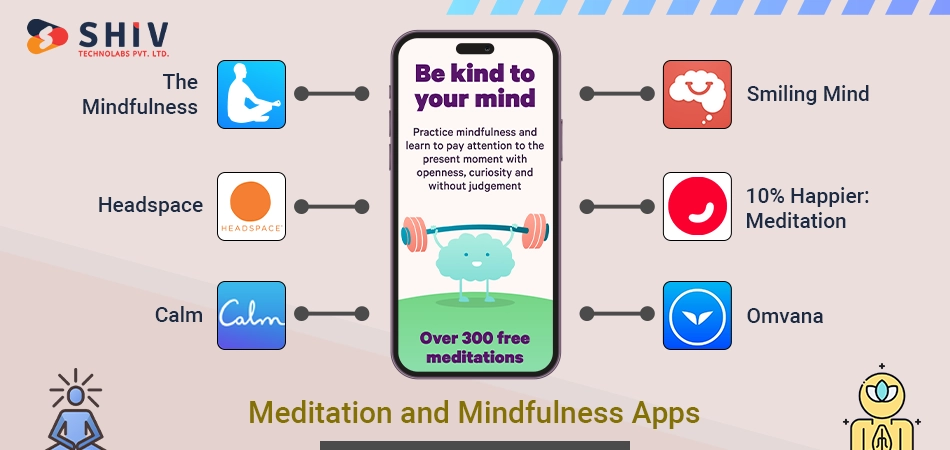
Mental health is equally important as physical health. Apps for mindfulness and meditation lead users through exercises in mental clarity, stress management, and relaxation. They frequently come with things like daily mindfulness challenges, breathing exercises, and guided meditation sessions.
5. Personal Trainer and Coaching Apps
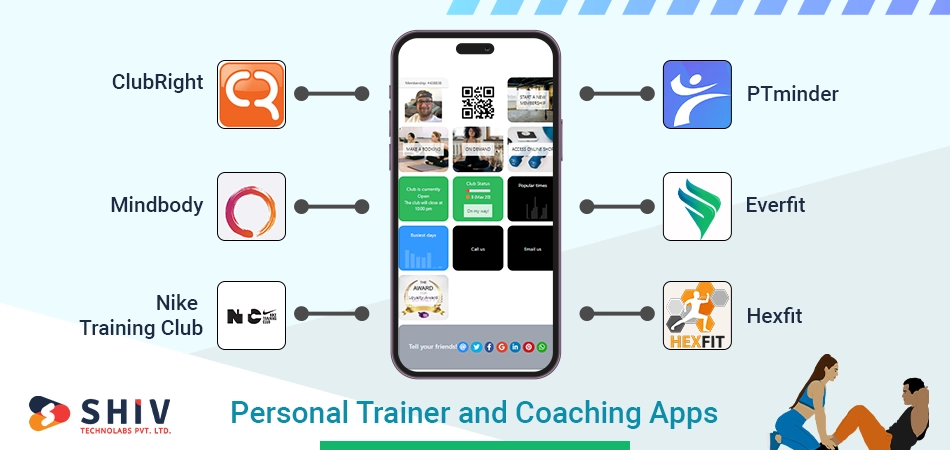
Personal trainer and coaching applications match users with licensed nutritionists, wellness coaches, and fitness trainers for individuals looking for expert advice. Through the app, these professionals provide individualized exercise regimens, nutrition planning, and one-on-one coaching.
6. Health and Wellness Tracking Apps
![]()
These applications function as all-inclusive health diaries. Users may record vital information such as blood pressure, weight, body measurements, and sleep habits. They are quite useful for folks who wish to maintain track of their overall health and make educated decisions.
7. Community and Social Apps
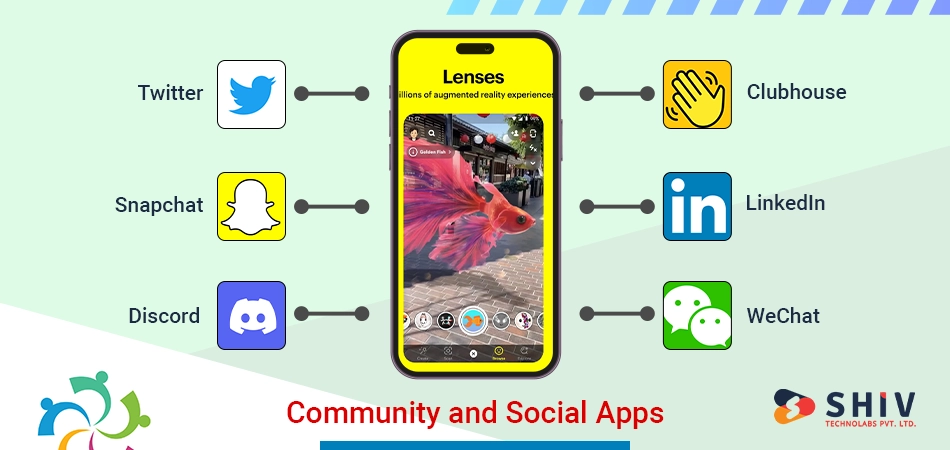
Apps for social and community fitness let people who share similar interests connect. Users may inspire others, discuss their accomplishments, and participate in fitness contests. The fitness community’s sense of support and belonging is emphasized via these platforms.
8. Specialty Fitness Apps
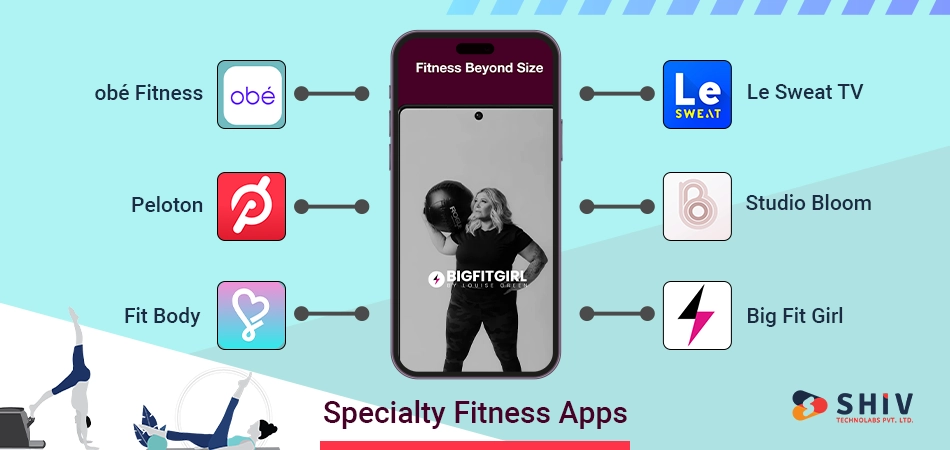
Niche fitness interests are catered to by specialty fitness applications. Examples include senior fitness programs, rehabilitation activities, and applications tailored to certain sports. They cater to specific user groups’ distinct demands. There is top fitness app Development Company in the market to help you grow your apps success.
Global Insights by Regions
The popularity of fitness apps varies by location, and knowing these patterns might help you customize your app for particular markets:
| North America | A developed market where there is a strong need for all-inclusive best fitness app development services. |
| Europe | The increasing popularity of wellness and health applications, especially in Western Europe. |
| Asia-Pacific | A quickly growing industry that specializes in mobile fitness solutions. |
| Latin America | New market offering chances for fitness and wellness applications. |
| Middle East and Africa | Fitness app usage is being driven by rising health consciousness. |
In conclusion, there is plenty of potential for developing a fitness app in 2024. You may set your app for success in a cutthroat and fast-paced market by taking the appropriate actions, including the necessary features, keeping an eye on expenses, and analyzing worldwide trends. Keep in mind that the secrets to long-term app success are quality, regular updates, and user involvement. Shiv Technolabs is the best fitness app development company, assist you to develop successful customer centric fitness application.

Revolutionize Your Digital Presence with Our Mobile & Web Development Service. Trusted Expertise, Innovation, and Success Guaranteed.
